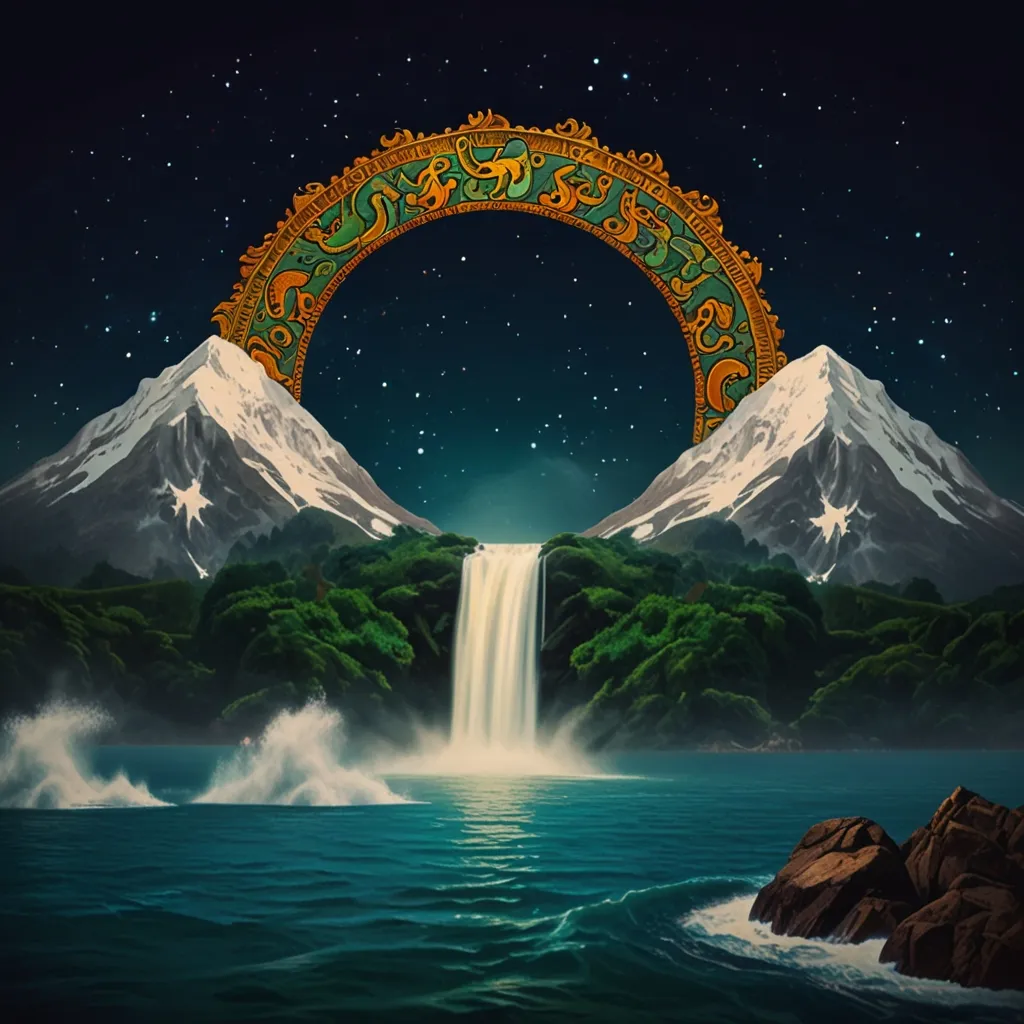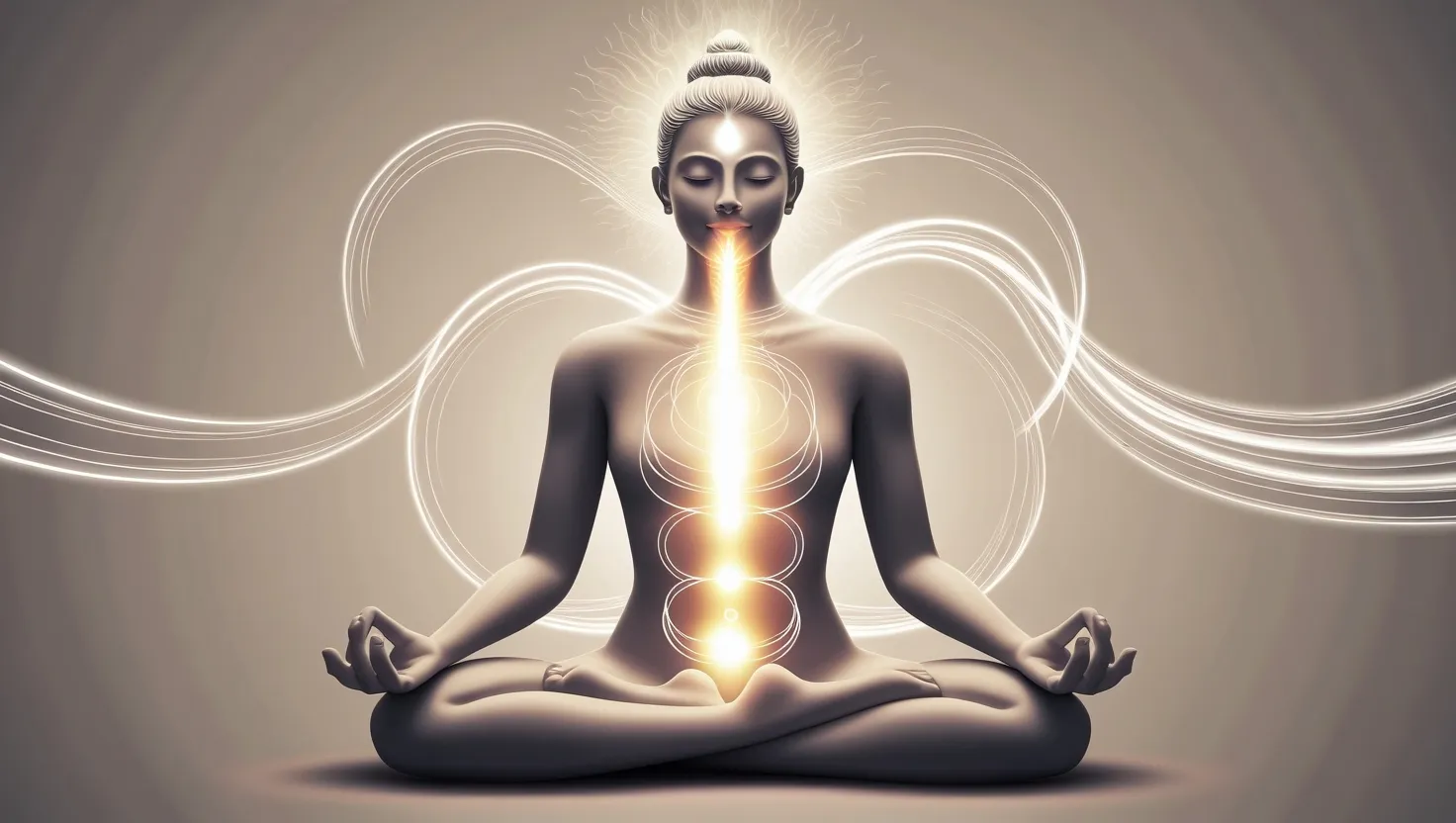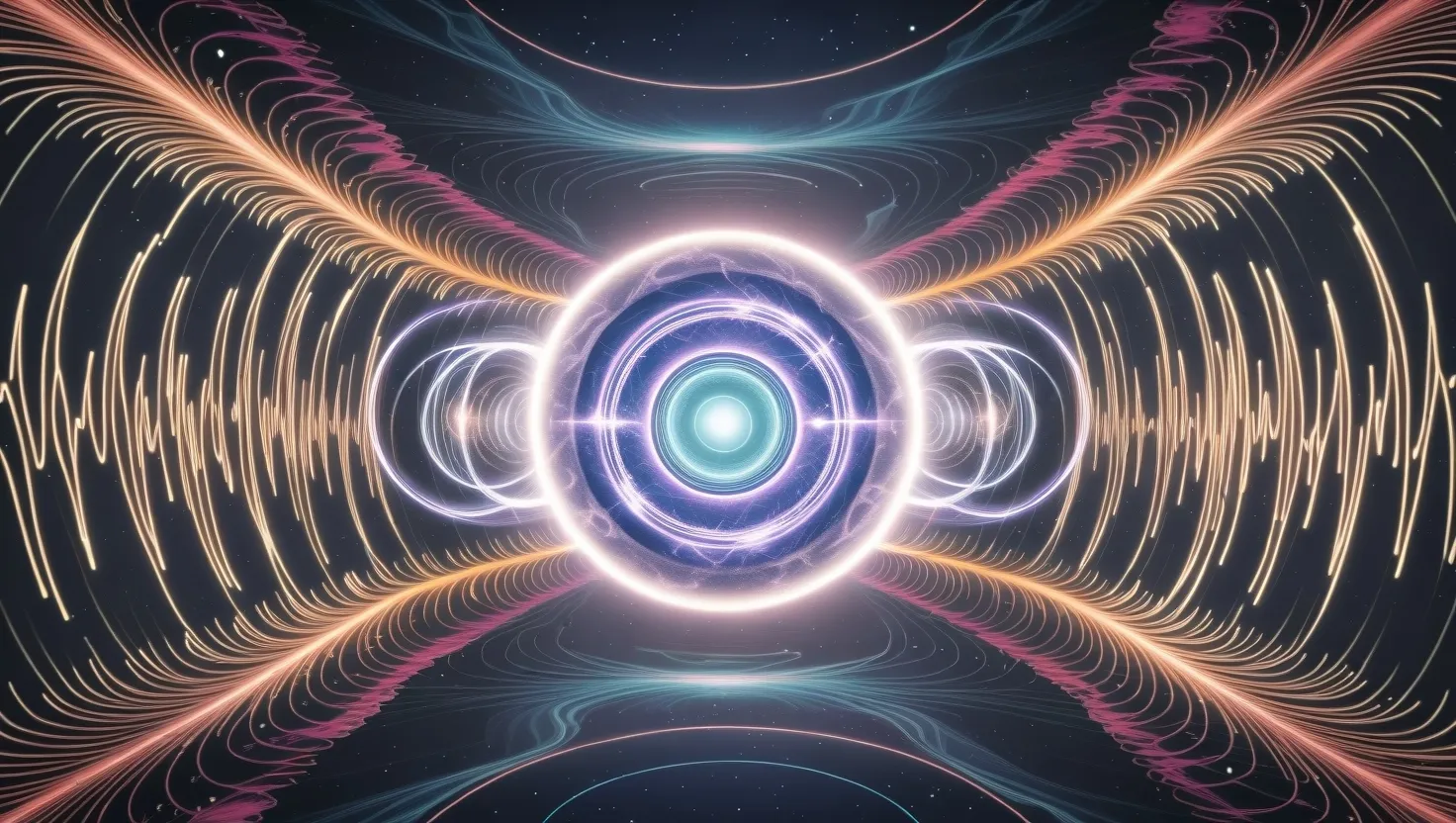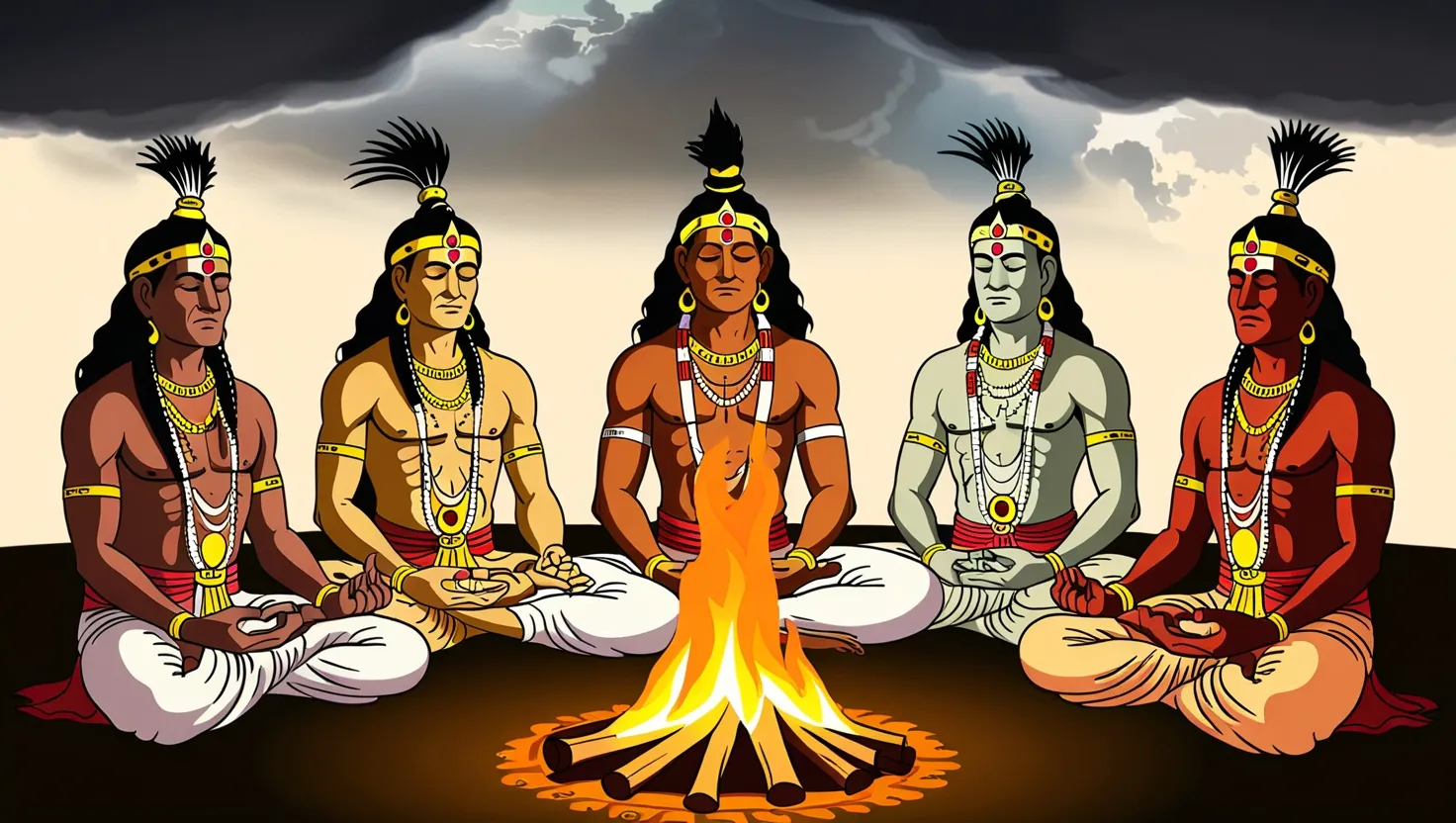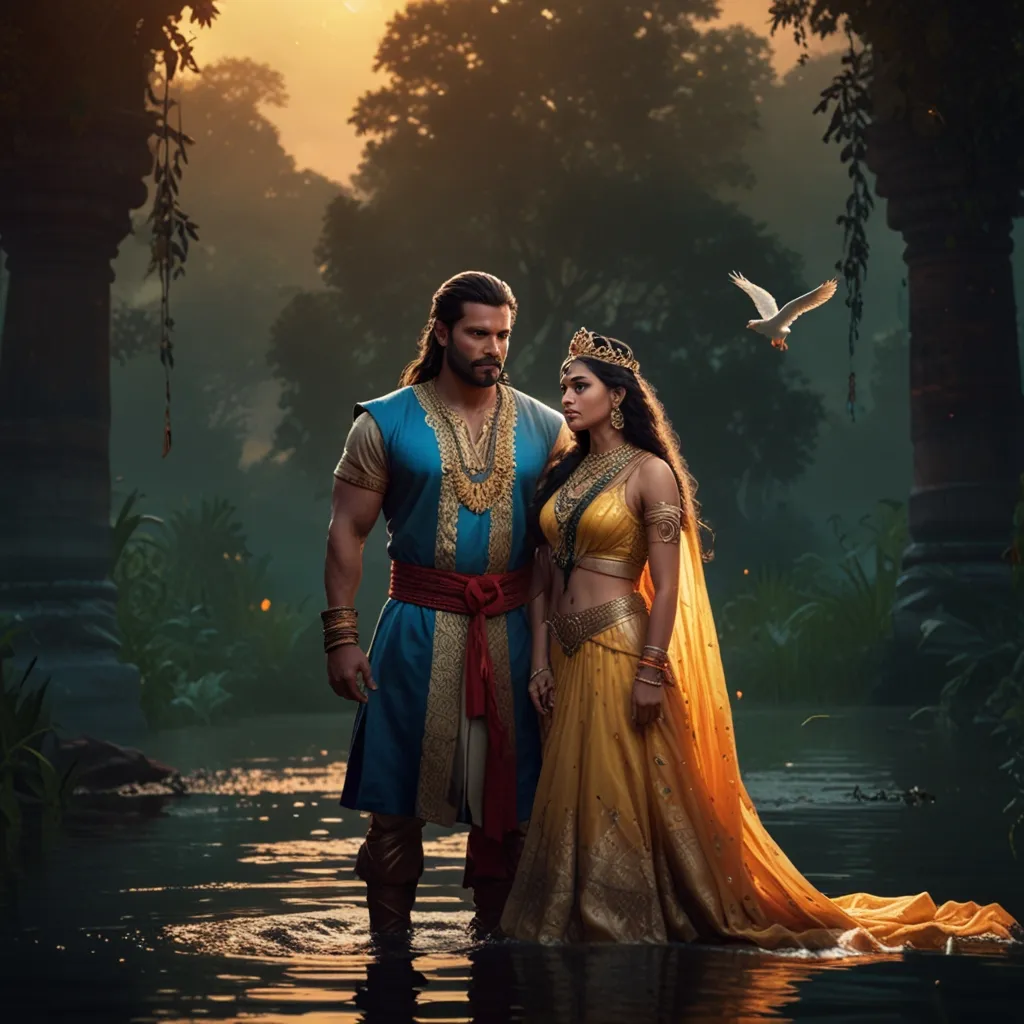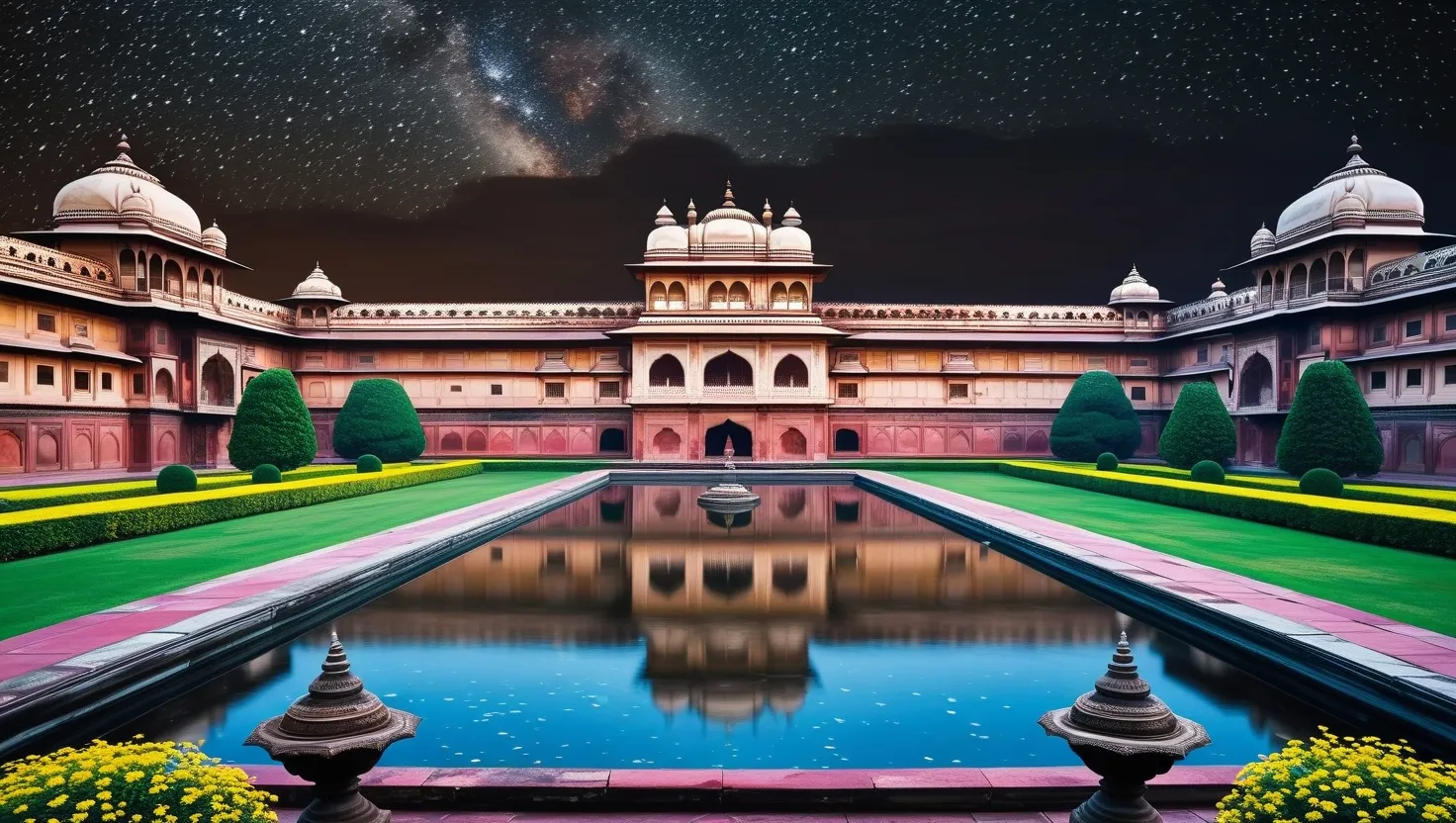In the ancient Hindu epic, the Mahabharata, there’s a legendary tale about the Samudra Manthan, or the churning of the celestial ocean of milk. This story is a cornerstone of Hindu mythology, shedding light on the eternal struggle between good and evil.
The story kicks off with the devas (gods) under a curse from Sage Durvasa. The curse weakened them, making them easy targets for the asuras (demons), who seized the opportunity and defeated them in battle. Desperate for a way to regain their power, the devas turned to Lord Vishnu for guidance. Vishnu revealed that the nectar of immortality, amrita, could restore their strength. But there was a catch: the nectar lay hidden at the bottom of the celestial ocean of milk.
Faced with this colossal challenge, the devas couldn’t go it alone. They needed the help of the asuras, their sworn enemies. So, they proposed a temporary alliance: together, they would churn the ocean and share the nectar. Tempted by the promise of immortality, the asuras agreed.
To churn the ocean, they needed a churn and a rope. They chose Mount Mandara as their churning rod and Vasuki, the king of snakes, as their rope. The mountain was placed with its base in the ocean, and Vasuki coiled around it. The devas held Vasuki’s tail while the asuras held the head.
Churning the ocean was no walk in the park; it took a millennium and caused cosmic upheaval. At one point, Mount Mandara began to sink. To save the operation, Lord Vishnu transformed into a giant turtle, Kurma, and supported the mountain on his back.
As the churning continued, a deadly poison emerged from the ocean, potent enough to annihilate the universe. In a moment of sheer bravery, Lord Shiva stepped up and drank the poison, which turned his throat blue, earning him the nickname Neelkanth, the blue-throated god.
But it wasn’t all doom and gloom; the churning brought forth several divine treasures. Among them were the moon, Kamadhenu (a wish-granting cow), Uchhaishravas (a celestial horse), Airavata (a white elephant), and Lakshmi, the goddess of wealth and beauty. Lakshmi chose to marry Lord Vishnu, becoming his consort.
Finally, Dhanvantari, the divine physician, emerged with a pot of amrita. Both devas and asuras coveted the nectar, sparking a fierce battle. Lord Vishnu, in the guise of a stunning woman named Mohini, tricked the asuras into handing over the nectar. The devas later consumed it, regaining their strength and immortality.
The tale of the Samudra Manthan isn’t just a mythological yarn; it’s also a rich metaphor for life’s eternal battle between good and evil. It underscores the importance of perseverance, alliances, and the eventual triumph of good. Plus, it offers a fascinating backstory for many celestial bodies and divine beings in Hindu lore.
Beyond its mythological layers, the Samudra Manthan holds deep spiritual significance. It symbolizes the churning of the mind and cleansing of thoughts, embodying the struggle for spiritual enlightenment and the quest for ultimate truth.
Generations have passed down this epic story, making it a central pillar of Hindu mythology. It’s not just a tale; it’s a lesson in cooperation, bravery, and the relentless pursuit of immortality. This story has stood the test of time, inspiring countless souls with its profound messages and enduring wisdom.
The essence of the Samudra Manthan resonates even today. Whether you’re navigating personal challenges or looking to understand deeper truths, this ancient story offers timeless insights. It tells us that life’s churnings, no matter how tumultuous, can lead to extraordinary outcomes. The poisonous phases may seem unbearable, but they pave the way for invaluable treasures. Think of every obstacle as a churning process, bringing you closer to your amrita, your own nectar of immortality.
In a world teeming with struggles, the Samudra Manthan teaches that alliances, even with so-called enemies, can be crucial for monumental achievements. Collaboration can sometimes lead to miracles. And when faced with seemingly insurmountable odds, the story reminds us to look for divine intervention or, more practically, to seek help and support from those around us.
Remember Lord Shiva’s act of drinking the poison. It signifies the power of self-sacrifice for the greater good, emphasizing that sometimes, taking on pain ourselves can prevent disaster for everyone else. It’s a powerful reminder that bravery doesn’t always mean fighting; sometimes, it means absorbing the bad to protect others.
The story also beautifully portrays the concept of divine feminine energy through Vishnu’s transformation into Mohini. It underlines the influence of wisdom and beauty in overcoming brute force and greed.
Therefore, the Samudra Manthan is much more than a myth within the Mahabharata; it’s a rich tapestry of lessons, woven with themes of struggle, cooperation, sacrifice, and ultimate triumph. It teaches that every churn, every trial, has its purpose, leading to purification and enlightenment.
So, as you navigate the bends and twists of life, let the story of the Samudra Manthan be your guiding light. Let it remind you that even in the darkest times, there’s a promise of light, a splash of divine nectar waiting to be discovered. You might just find that, after all the churning, you emerge stronger, wiser, and closer to the divine truth.
In essence, the Samudra Manthan is a tale for the ages, its relevance undiminished by time. It’s a story that invites us to keep pushing through life’s churning tides, promising that the treasures at the end of the journey are well worth the struggle. Dive deep into its wisdom, and let its lessons churn within your soul, guiding you through the celestial ocean of life.
